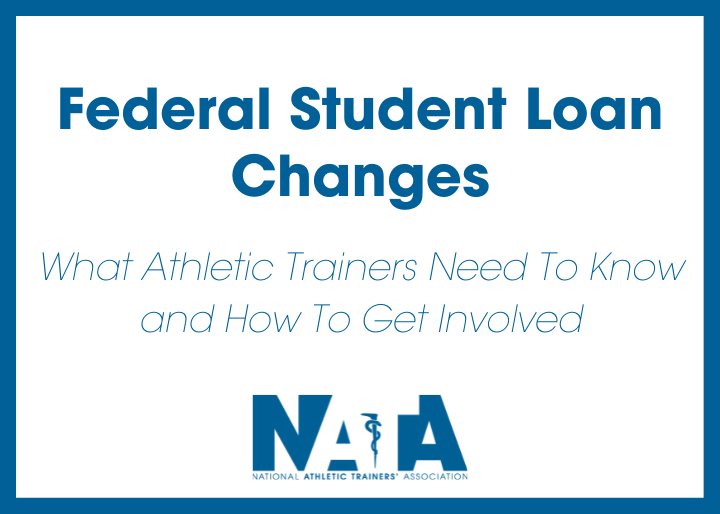Federal Student Loan Changes: What To Know
Recent federal activity around student loan programs has raised important questions for the athletic training profession. During a Dec. 18 town hall, NATA leaders and partners outlined what is known, what is still evolving and how athletic trainers and educators can engage as new federal parameters take shape.
The Art of Athletic Training
By Kim Diggs
Updated April 16, 2019
In celebration of National Athletic Training Month (NATM), the North Carolina Athletic Trainers’ Association (NCATA) curated a public art exhibition of original photographs and illustrations showcasing patient care and AT equipment.
Women in AT: Marisa Brunett
March is an exciting month for athletic trainers. In addition to being National Athletic Training Month, March is also Women’s History Month. This Women’s History Month, we’d like to celebrate all #ATwomen making a difference in the profession and their patients’ lives, and highlight four women in particular who have owned their impact – the four women currently serving on the NATA Board of Directors.
Basic Sciences and Athletic Training
Need Help Selecting an AT Program?
There are several factors to consider when determining which athletic training program is the right fit for you. It's important to investigate potential programs and weigh how each does or doesn't meet your personal needs. While cost is an important factor, it’s not the only one. Class size, curriculum design, faculty involvement, campus life and program outcomes are just a few other considerations to keep in mind when making your decision.
NATM: Advocacy Through Awareness
By Kim Diggs
Photo by Bigshots Snapshots
Women in AT: Lyn Nakagawa
March is an exciting month for athletic trainers. In addition to being National Athletic Training Month, March is also Women’s History Month. This Women’s History Month, we’d like to celebrate all #ATwomen making a difference in the profession and their patients’ lives, and highlight four women in particular who have owned their impact – the four women currently serving on the NATA Board of Directors.
NATM: Advocacy Through Community Involvement
By Kim Diggs
Between the summers of 2005 and 2006, seven farmers died in eastern North Carolina due to heat stroke. The majority of farmers in North Carolina are undocumented citizens from Latin-American countries with limited access to health care, according to Practicing Anthropology.
Women in AT: Katie Walsh Flanagan
March is an exciting month for athletic trainers. In addition to being National Athletic Training Month, March is also Women’s History Month. This Women’s History Month, we’d like to celebrate all #ATwomen making a difference in the profession and their patients’ lives, and highlight four women in particular who have owned their impact – the four women currently serving on the NATA Board of Directors.

